Tested: 2020 Tesla Model S with Cheetah Mode Delivers Real Gains
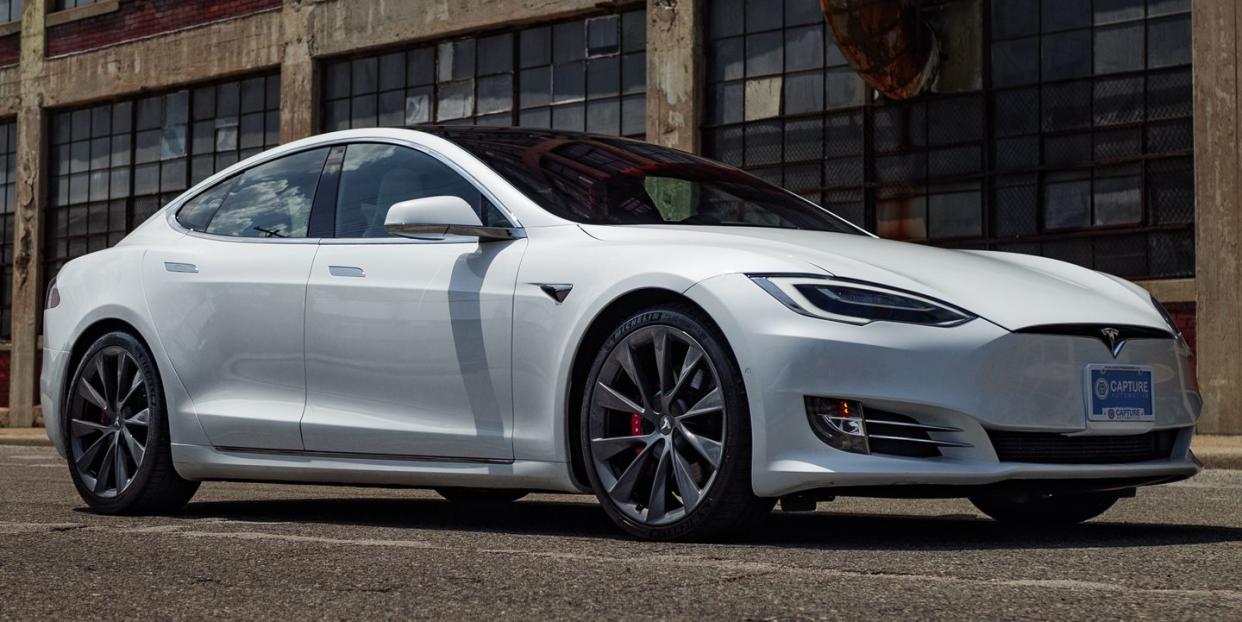
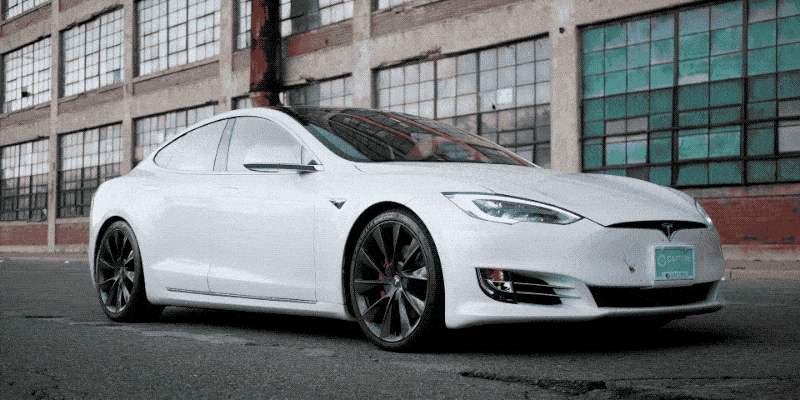
In various areas of life, it's sometimes said that the key to going quickly is to slow down. That's certainly true for achieving the best acceleration times in a Tesla Model S. Even on our most recent 91-degree test day, it took almost 25 minutes after selecting Ludicrous+ mode to preheat the battery pack to its optimum, 120-degree temperature. Then, after a single blast to 150 mph, there's a waiting period of nearly 15 minutes to dissipate the excess heat generated before it's ready for another quick run.
Why are we here sweating under a Model S Performance's glass roof on a hot summer day with the air conditioning off to measure its acceleration times again so soon? Because shortly after our comparison test where the Tesla successfully fought off the Porsche Taycan, Tesla issued a software update for the Model S and X that claimed more power, quicker acceleration times, and more consistency when making repeated passes. Part of the additional swiftness is due to what Tesla calls a "cheetah stance," where the car's front end crouches when launch control is activated. In that previous test we ran 15 consecutive acceleration runs on each car without any cool-down time, and after the Model S ran a couple of heaters in the high two-second range, it slowed dramatically to a near-Chevy Bolt pace, running zero-to-60-mph times that hovered around six seconds.
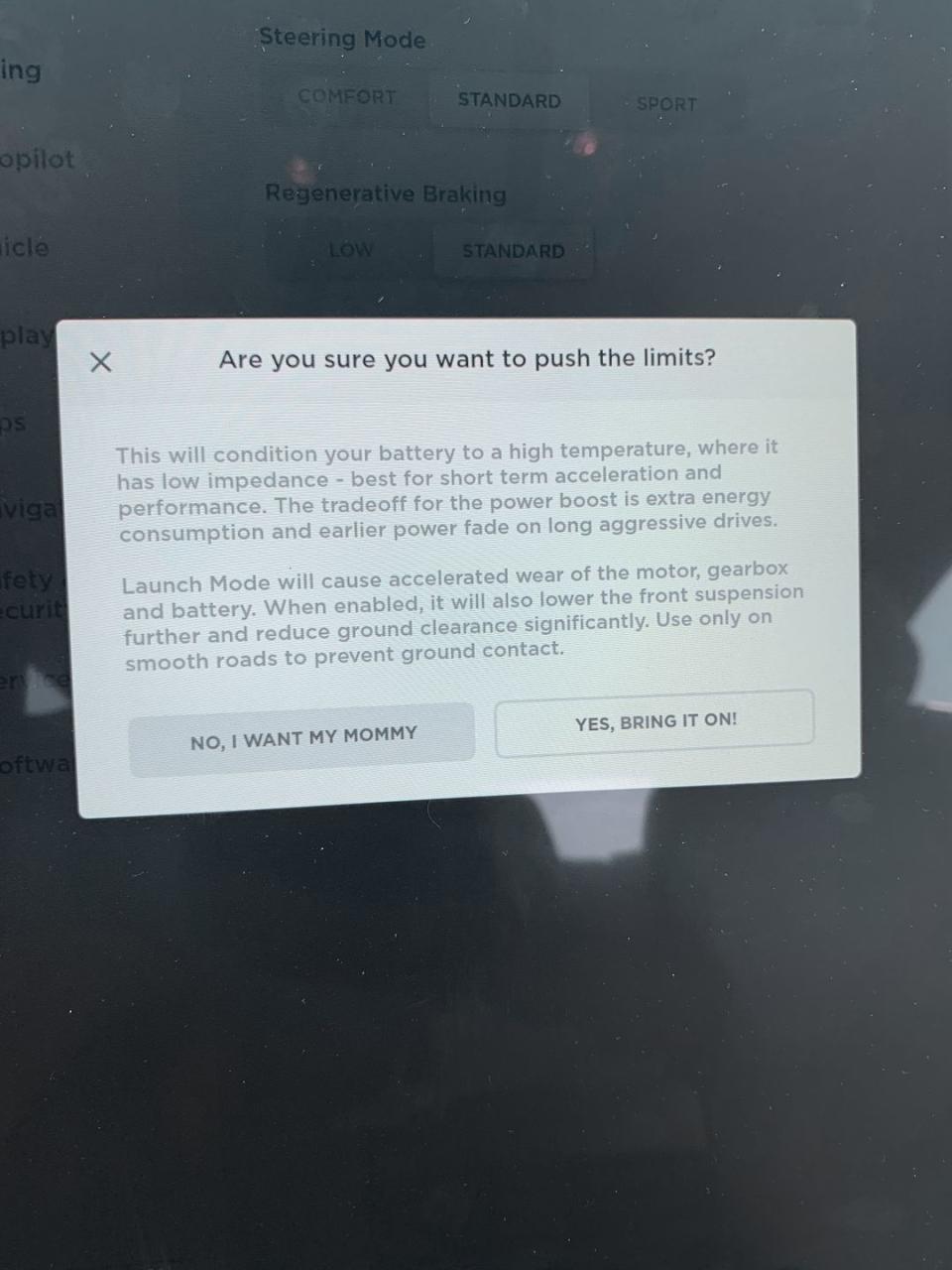
So, we decided to repeat our same test regimen from before, with the exact same car running the updated software. This time, however, the venue was the test track near our home base in Michigan rather than our Southern California outpost.
The warp to 60 mph does indeed improve slightly to 2.4 seconds versus 2.5, tying the Porsche Taycan Turbo S as the quickest four-door we've ever tested in that metric. The Model S's quarter-mile time also improves by a tenth (and 1 mph) to 10.6 seconds at 126 mph, but that's still a tenth short and 4 mph slower than the Taycan's best.
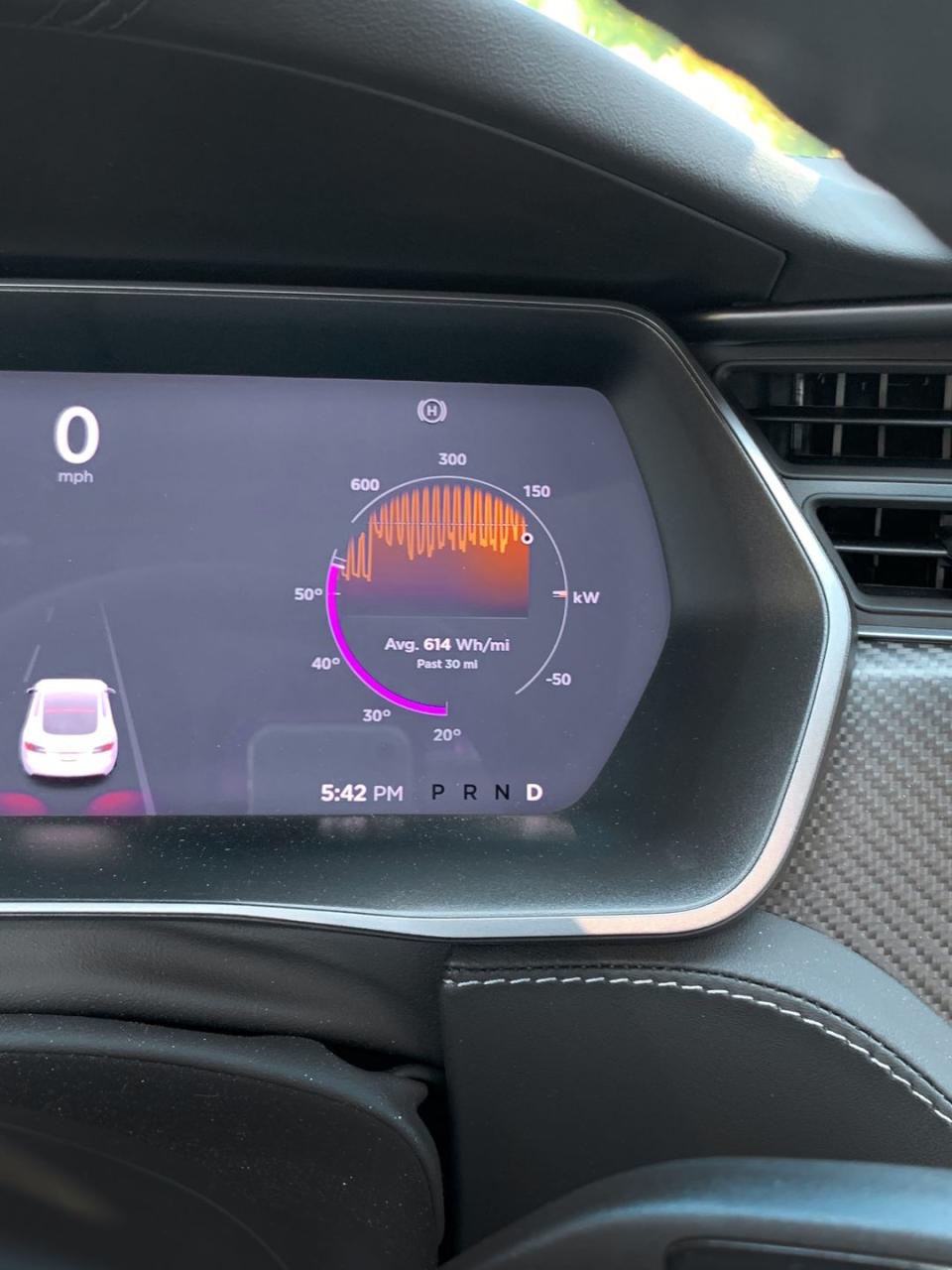
Helpfully, Tesla has added a battery-temperature gauge that appears when the car is in max-acceleration Ludicrous+ mode, so you have an idea of how much wait time is remaining. When in that mode, there's also now a power display that shows maximum-output figures for the battery and the front and rear motors. Ours maxed out at 593.5 kW (796 horsepower) for the battery, 182.0 kW (244 horses) for the front motor, and 396.5 kW (532 horses) for the rear motor.
As before, after the hero runs were finished, we made 15 additional passes, this time without the cool-down time necessary for the Model S to report that it's at the optimum temperature. However, because our Michigan straightaway is 1.5 miles long, versus a 1.0-mile straight in California, the results aren't laboratory comparable, as the Model S did get more cool-down time between runs this time around. During this test, we popped off a launch-control start roughly every 90 seconds—it was closer to a minute between runs last time—with about eight of those seconds spent waiting for the Model S to transition into its low-nose, high-fanny cheetah stance.
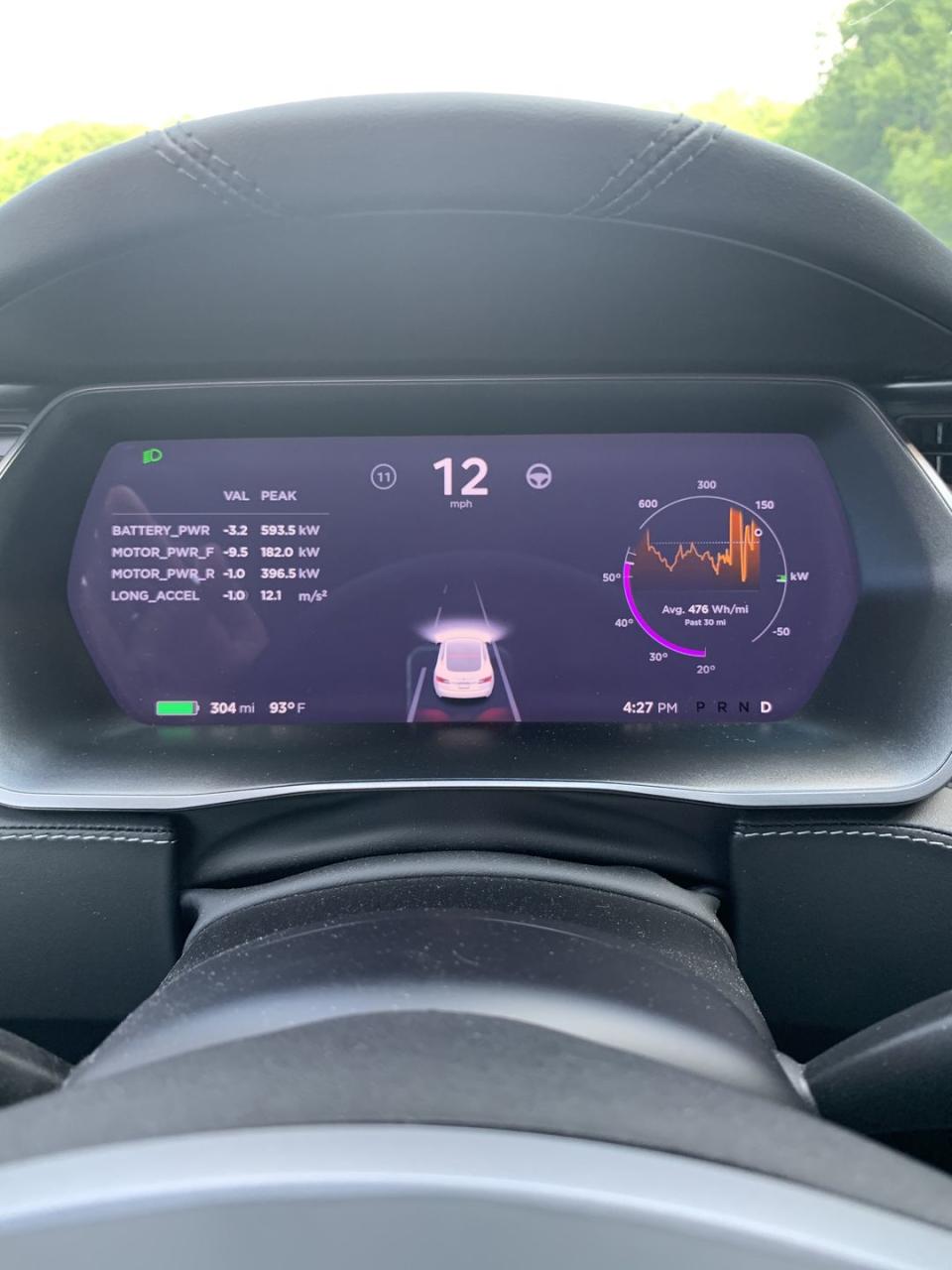
Since the only thing that changed here is software, Tesla is simply allowing the battery, electric motors, and other components to get hotter than before, comfortable that it won't cause long-lasting damage. But the significantly improved overall results speak for themselves: The 60-mph times ranged from 2.7 to 3.8 seconds, and the quarter-mile passes from 11.3 to 12.9 seconds. Across all 15 runs, the average time in both metrics dropped by a massive two seconds compared to our previous test.
That's a staggering gain in performance from twiddling a few lines of code, and we continue to marvel at the breadth and depth of the changes Tesla is making with its continual software updates.

You Might Also Like

